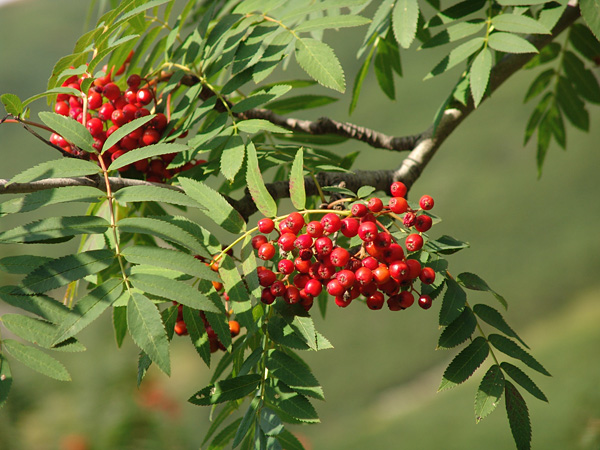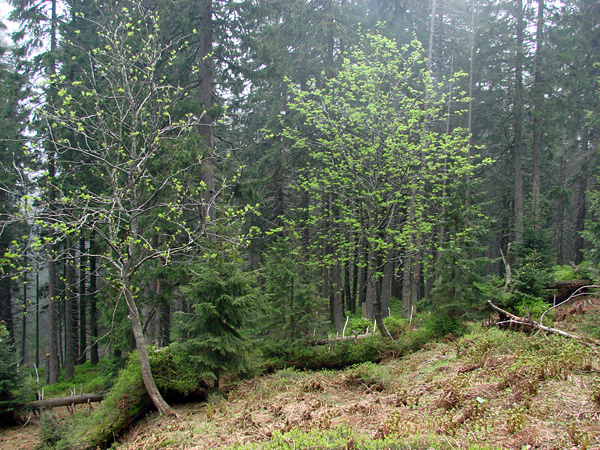Linking individual plants' masting behaviour with their reproductive success. Is mast seeding under genetic control?
Summary
Seed production of trees varies interannually. Most frequently, trees have irregularly high crop years when they produce extremely high numbers of flowers and seeds, and successive seasons when they reproduce less, gathering resources for the next high-crop year. Such a year of an extremely high crop is called a "mast year". In species with mast seeding behaviour, high variability of flowering and fruiting is accompanied by synchronisation among individuals. This synchronisation can be of local, regional or even continental scale. This phenomenon has huge consequences for whole ecosystems. Every few years it delivers a massive resource supply, starting trophic cascades. For decades, scientists have been trying to explain the causes and mechanisms of this phenomenon. Frequently it is explained as an effect of evolutionary processes related to plant-animal interactions. For example, mast seeding can be advantageous if a year of an extremely high seed crop reduces seed losses caused by seed predation, increases seed dispersal or increases pollination efficiency. Explaining mast seeding by evolutionary processes implies that a temporal seed production pattern consisting of high interannual variation and synchronisation among individuals is a heritable trait. Up to now this has not been proved.
The aim of our study is to answer the question: Is mast seeding under genetic control? To find the answer, first we will study whether trees whose seed production has higher interannual variability and is better synchronised with the population have more offspring (seedlings), that is, higher reproductive success. We will use parentage analysis. Next we will study the structure of relatedness among trees to check whether the seed production patterns of more related individuals are more alike. In this analysis we will take into account local variation of conditions (soil fertility, temperature, light availability) among trees, which can influence seed production patterns together with genes. In the end we will attempt to resolve the most difficult issue. Using the latest genomic methods, we will look for genotype regions responsible for the temporal seed production pattern.
The study will be done using several hundreds of rowan trees (Sorbus aucuparia) growing on a permanent plot located in the subalpine spruce forest of Babia Góra Mt. (Carpathians), where seed production has been measured each year since 2000. The long-term database accumulated for numerous individuals allows precise calculation of parameters related to the temporal variability of seed production and synchronisation among individuals. The natural character of the population, in which there is no human intervention, enables study of the relatedness structure among adult trees, and their relationship with offspring.
The results of our study will fill a gap in theories explaining mast seeding as an effect of evolutionary selection. Identifying the genotype regions responsible for the temporal seed production pattern will constitute proof of the genetic background of this phenomenon and the possibility of selection.

Rowan tree fruit.
Photo: Magdalena Żywiec.

Rowan trees in the subalpine spruce forest.
Photo: Magdalena Żywiec.

Babia Góra Mt. (Carpathians) – study area.
Photo: Magdalena Żywiec.





